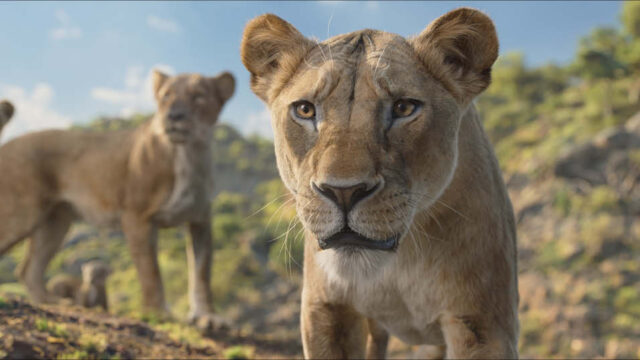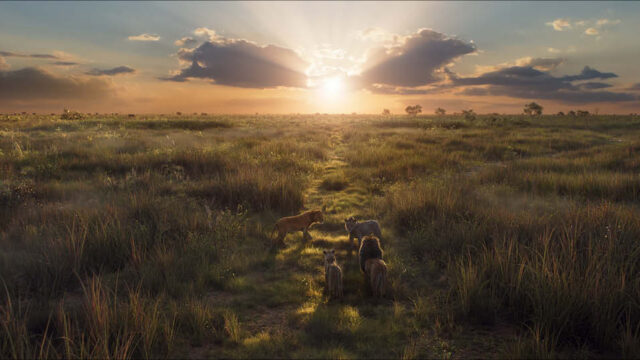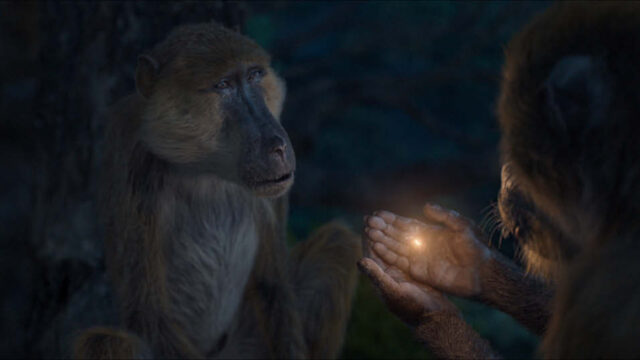This is the VFX breakdown for MPC’s work on Disney’s Mufasa: The Lion King directed by Barry Jenkins.
Led by Production VFX Supervisor Adam Valdez, Animation Supervisor Daniel Fotheringham, VFX Producer Barry St. John, MPC VFX Supervisor Audrey Ferrara, and VFX Producer Georgie Duncan, a team of over 1,700 artists, technologists, and production crew spread across 4 continents collaborated to create a breathtaking visual journey. From the stunning expanses of the African savannah to the meticulously crafted animation of its animal characters, every frame of the film reflects MPC’s pursuit of authenticity and beauty.
The film’s production pushed innovation, leveraging tools and techniques, including Virtual Production and Motion Capture during pre-production. Despite COVID-19 restrictions, the team collaborated remotely across London, New York, and Los Angeles, using Virtual Reality to navigate digital environments. For many of the movie’s sequences the movements of Motion Capture performers were mapped onto digital animals, and using Unreal Engine, director Barry Jenkins viewed real-time animated feeds, enabling him to direct performances live.
At the heart of the film’s groundbreaking visual effects, is MPC’s acclaimed Character Lab team, who meticulously crafted over 118 photorealistic unique animals. Each was built from the ground up, starting with anatomically precise bone and muscle structure. MPC’s proprietary grooming system, Loma, was instrumental in creating lifelike fur with an unprecedented number of hairs that could react naturally to environmental elements like snow, wind and water. Meanwhile, MPC’s Animators elevated the expressiveness and nuance of the characters, delivering performances rich in emotional depth and authenticity.
MPC’s Environment artists redefined world-building, crafting expansive African landscapes through scouting trips, photogrammetry, and hand-sculpting. They meticulously designed plains, canyons, and forests, capturing every detail from weathered rocks to blades of grass. To manage the vast scale, they developed innovative tools, ensuring the landscapes became as integral to the story as the characters. The result is a 107 square-mile digital world, rendered with photorealistic detail, immersing audiences in stunning African vistas that bring the story to life.
Jon Creamer
Share this story



















